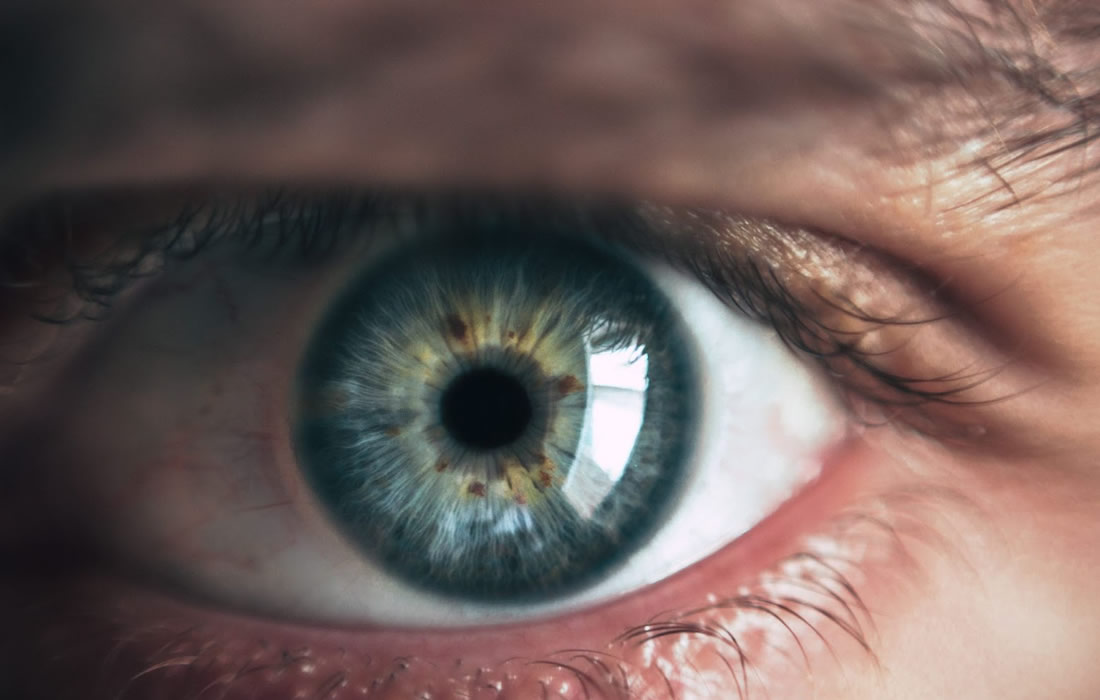Regenerative Medicine News and General Information
Eye Scans Provide Crucial Insights Into Kidney Health
3D eye scans can reveal vital clues about kidney health that could help to track the progression of disease, research suggests.
Researchers used highly-magnified images to detect changes to the retina — the layer of tissue at the back of the eye that senses light and sends signals to the brain.
They found that the images offer a quick, non-invasive way to monitor kidney health.
The eye is the only part of the body where it is possible to view a key process called microvascular circulation — and this flow of blood through the body’s tiniest vessels is often affected in kidney disease.
Researchers investigated whether 3D images of the retina, taken using a technology called optical coherence tomography (OCT), could be used to identify and accurately predict the progression of kidney disease.
OCT scanners use light waves to create a cross-sectional picture of the retina, displaying each individual layer, within a few minutes.
The team looked at OCT images from 204 patients at different stages of kidney disease, including transplant patients, alongside 86 healthy volunteers.
They found that patients with chronic kidney disease had thinner retinas compared with healthy volunteers.
The study also showed that thinning of the retina progressed as kidney function declined.
These changes were reversed when kidney function was restored following a successful transplant.
Patients with the most severe form of the disease, who received a kidney transplant, experienced rapid thickening of their retinas after surgery.
With further research, regular eye checks could one day aid early detection and monitoring to prevent the disease from progressing.
The technology, supported by Heidelberg Engineering’s imaging platform, could also aid the development of new drugs, the research team says.
It could do so by measuring changes in the retina that indicate whether — and in what way — the kidney responds to potential new treatments.
The researchers say further studies — including longer-term clinical trials in larger groups of patients — are needed before the technology can be routinely used.
Sources:
Tariq E. Farrah, Dan Pugh, Fiona A. Chapman, Emily Godden, Craig Balmforth, Gabriel C. Oniscu, David J. Webb, Baljean Dhillon, James W. Dear, Matthew A. Bailey, Peter J. Gallacher, Neeraj Dhaun. Choroidal and retinal thinning in chronic kidney disease independently associate with eGFR decline and are modifiable with treatment. Nature Communications, 2023; 14 (1) DOI: 10.1038/s41467-023-43125-1
University of Edinburgh. “Eye scans provide crucial insights into kidney health.” ScienceDaily. ScienceDaily, 5 December 2023. <www.sciencedaily.com/releases/2023/12/231205114757.htm>.
Materials provided by University of Edinburgh. Note: Content may be edited for style and length.
Images from:
Photo by Victor Freitas
https://www.pexels.com/photo/ojo-de-persona-865711/

